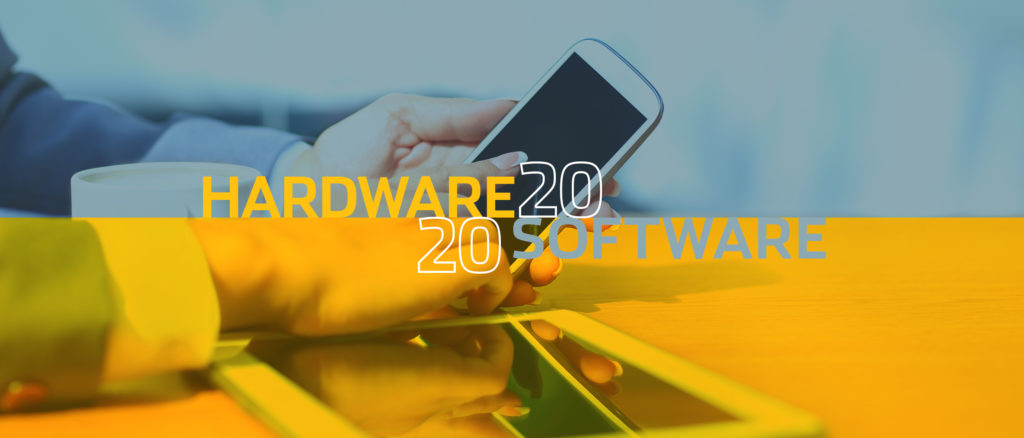
The IT landscape in all sizes of businesses continues to evolve to make operations easier. And let’s don’t forget revenue. That’s why you’re in business after all. Brands are leaning into the fact that IT is an asset, not a necessary evil. Business growth strategies drive companies of all sizes today. IT is a critical component, if not the leading asset in guiding them to greater revenue streams.
IT budgets should be reviewed periodically to ensure proper attribution to components as the business transitions. Additionally, the increase in cloud services and the decline of on-site data centers is altering the scope of hardware and software needs. There will still be the need for servers, security, storage, network infrastructure, employee equipment, and other components. These fundamentals need to be part of a 2020 IT budget.
Supporting Strategic Efforts
At Calyx, we work with clients to ensure that they have the appropriate hard and soft IT elements that will support strategic efforts for sustainable growth. We help clients to customize the scope of their IT budget, costs, and necessary components to position their business to grow responsibly.
According to Calyx CEO, Jason Fordu, “Businesses need to adopt a top-down budgeting approach leading with strategic business objectives that can improve efficiency and revenue. Most people think in terms of apps when planning for a new year, but outdated server, security, storage and networking can bring a company down quickly and must be upgraded or replaced appropriately.”
The tech pros at Calyx also advise against keeping outdated software and hardware because of the potential for security risks. If they’re not upgraded, it will be nearly impossible to mitigate threats that come up.
Company size also plays a big part in hardware and software spend. Enterprises have more data infrastructure to monitor and will invest in more power/climate and telephony hardware. Mid-size companies will spend on mobile devices and tablets. Smaller businesses will devote the lion’s share of their budget to employee laptops and desktops.
Top hardware considerations for 2020
- The big data trend shows no signs of slowing down so companies need to accommodate the massive amount of data generated. Storage will be in high demand in 2020, especially object storage because of its ability to address large amounts of data from edge to cloud with query capability and custom metadata tagging.
- Systems management. Efficient routing, network QoS and virtualization will be big in 2020 so the need for contracting the right systems management will be critical.
- Load balancer. Another hardware component to consider is a load balancer to keep network traffic moving smoothly. It can move flow smoothly when there’s too much traffic for a server by moving it to other circuits.
Top software considerations for 2020
In 2020, enterprises will allocate a more significant percentage on database management, virtualization, and communications software. Mid-size companies will invest in business support apps and productivity software while the small business will spend their software budgets primarily on operating systems
- Automation initiatives. Key software trends for 2020 include those initiatives dedicated to automation. This includes Artificial Intelligence (AI) and Machine Learning designed to alleviate human chores in the workplace. The adoption of AI is expected to triple by 2021.
- Replace outdated software. Outdated software such as Windows 7 and Windows Server 2008 R2 is scheduled to come off support early in 2020 so appropriate upgrades need to occur.
Special considerations
Hardware and software investments differ according to company size. For example, large enterprises adopt emerging technologies quicker and will need a higher level of assistance in integrating technology innovations into their company. Smaller and mid-size companies require more guidance in security best practices and disaster recovery policies.
At Calyx, we work with our clients to help them identify the best options when it comes to upgrading infrastructure, updating disaster recovery plans, identifying security vulnerabilities and working to transform tech environments with upgrades and innovations.
2020 is here so let’s wrap this up. The biggest IT investments will occur with technology end-of-life, upgrades, and new initiatives to support business growth. Enterprise-level businesses already understand how tech can drive revenue and they are more receptive to new tech solutions such as AI to gain a competitive advantage. Smaller businesses are more interested in investing in desktops and laptops for employees. Whatever your business size as well as the state of your current tech situation, Calyx can help you position for growth in 2020 and beyond.
